Analysis of the Honda L15B Engine Series, from Fit to Accord Evolution Path
 RobertJan 24, 2025, 03:28 PM
RobertJan 24, 2025, 03:28 PM
[PCauto] To truly grasp the essence of Honda, one must begin with the L15B engine model. This particular engine has been “propelling” Honda's global sales expansion over the preceding decade, making it one of the most formidable engines in Honda's lineup. It has powered both Honda vehicles and the company's overarching growth.
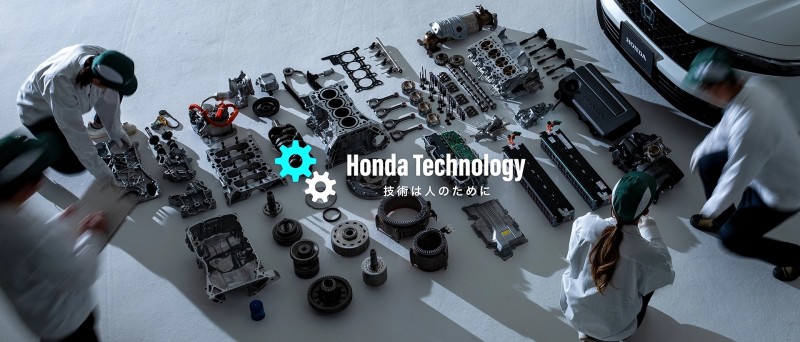
The Development History of L15B—Originating from the Fit (GK5)
L15B engine made its debut in the third-generation Fit (chassis code GK5), which was launched in Japan in 2013. The GK5, equipped with a 5-speed manual transmission, was able to accelerate from 0 to 100 km/h in just 8 seconds under the guidance of a professional driver, astonishing observers at the time when comparable models such as Polo and Yaris required approximately 10 to 12 seconds.
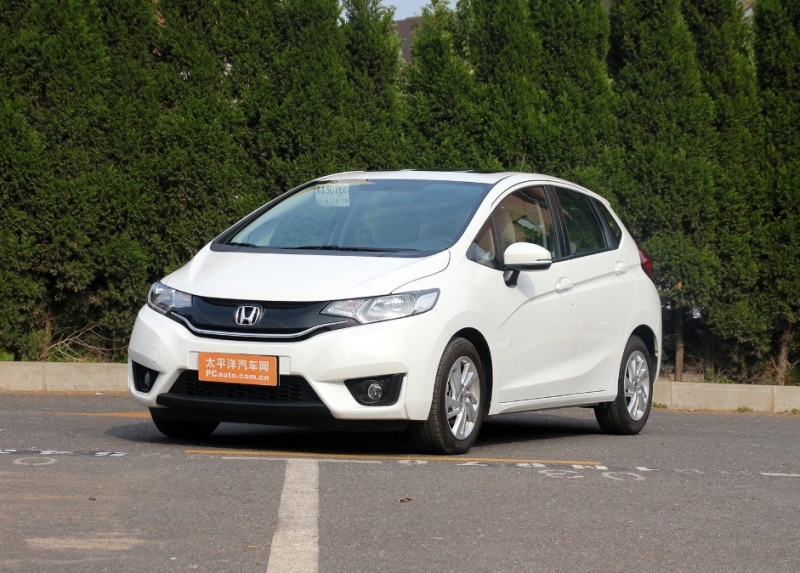
Such remarkable performance can be attributed not solely to the Fit (GK5) weighing a mere 1.1 tons, but also to the vigorous power performance of the L15B engine.
- Maximum power: 96kW (131PS), maximum power rpm is 6600rpm
- Maximum torque: 155N·m, maximum torque rpm is 4600rpm
- Displacement: 1.498L
- Compression ratio: 11.5:1
- Valve system: DOHC
- Intake: Naturally aspirated
- Fuel delivery method: Direct Injection
- Fuel consumption: 5.7L/100km
L15B delivers commendable power, and it is also particularly fuel-efficient, owing to two crucial technical characteristics: a high compression ratio of 11.5 and the implementation of VTEC technology.
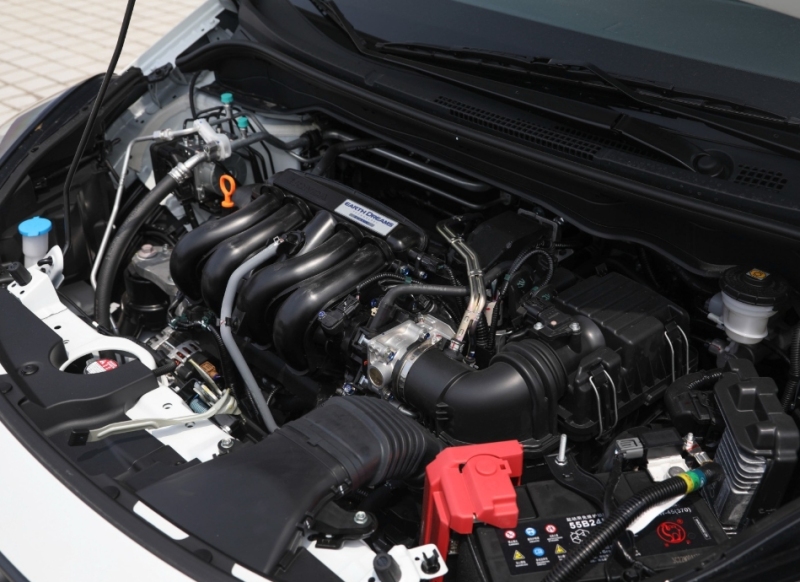
The incorporation of VTEC is perfectly compatible with L15B’s characteristic as a long-stroke engine. L15B features a bore of 73 mm and a stroke of 89.5 mm, the stroke-to-bore ratio exceeds 1, which enables a long-stroke engine to exhibit optimal torque within the mid and low RPM ranges, thereby making it ideal for daily urban driving while simultaneously enhancing fuel economy. Besides, Honda's advanced valve technology helps compensate for performance shortcomings encountered at high RPMs.
Therefore, the bore and stroke dimensions of L15B—remaining constant at 73 mm x 89.5 mm—has persisted from Fit GK5 through to CR-V.
The Development History of L15B—Advancing in the Tenth Generation Civic
The introduction of the tenth-generation Civic in the United States in 2015 elevated L15B to new heights. Following the integration of turbocharging, L15B evolved into L15B8. This improved engine has garnered consumer favor and emerged as a reference model among other automobile manufacturers.
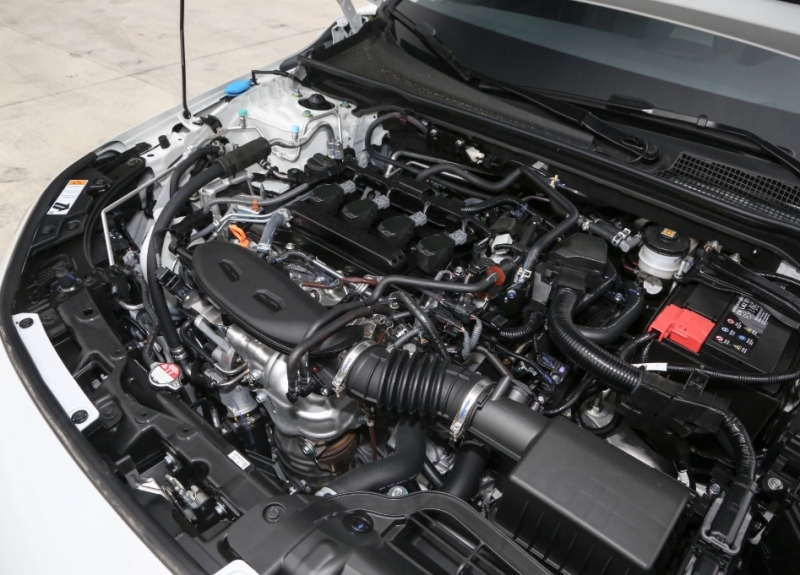
L15B8 engine, prominently featured in Civic, demonstrated significant enhancements, with power increasing by 21% compared to the preceding generation’s 1.8L engine and peak torque surging by 26%. Such impressive performance enabled Civic to accelerate from 0 to 100 km/h in a mere 8.7 seconds.
- Maximum power: 130kW, maximum power speed 5500rpm
- Maximum torque: 226N·m, maximum torque speed 1800-5500rpm
- Compression ratio: 10.6:1
- Intake method: Turbocharging
- Fuel consumption: 6L/100km
According to Honda's official documentation, L15B8 primarily enhances power and fuel efficiency through three pivotal technologies.
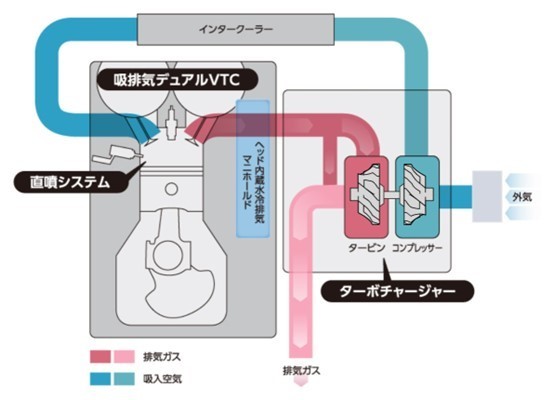
To improve power, L15B8 reduced the compression ratio to 10.6. Due to turbocharging offering sufficient intake, VTEC was eliminated (partly for cost-efficiency) and supplanted with VTC—a technology that, while it does not regulate valve lift, effectively manages the timing of valve opening and closure.
Here comes the first key technology of L15B8—Dual-VTC for both the intake and exhaust valves—enabling a mechanism named "scavenging." Under specific conditions, VTC permits both the intake and exhaust valves to open concurrently, utilizing the intake pressure provided by the turbo to expel residual gases from the cylinder, subsequently drawing in more cooler fresh air, thereby reducing knocking and facilitating an increase in turbo speed. With this mechanism, at 1500 RPM, the maximum torque of L15B8 exceeds that of the 1.8L engine by approximately 30%.
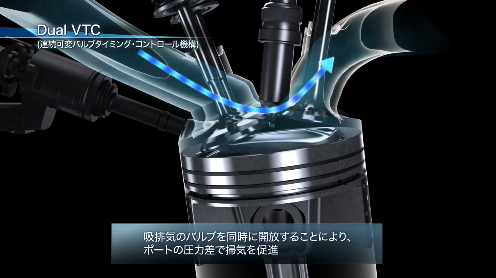
Through Dual-VTC, L15B8 also achieves internal EGR (Exhaust Gas Recirculation). By prolonging the duration during which both the intake and exhaust valves are open, a greater quantity of exhaust gases can participate in combustion, thus improving fuel efficiency. When vehicle accelerates, the intake and exhaust valves cease to open simultaneously, enabling L15B8 to realize its full performance potential.
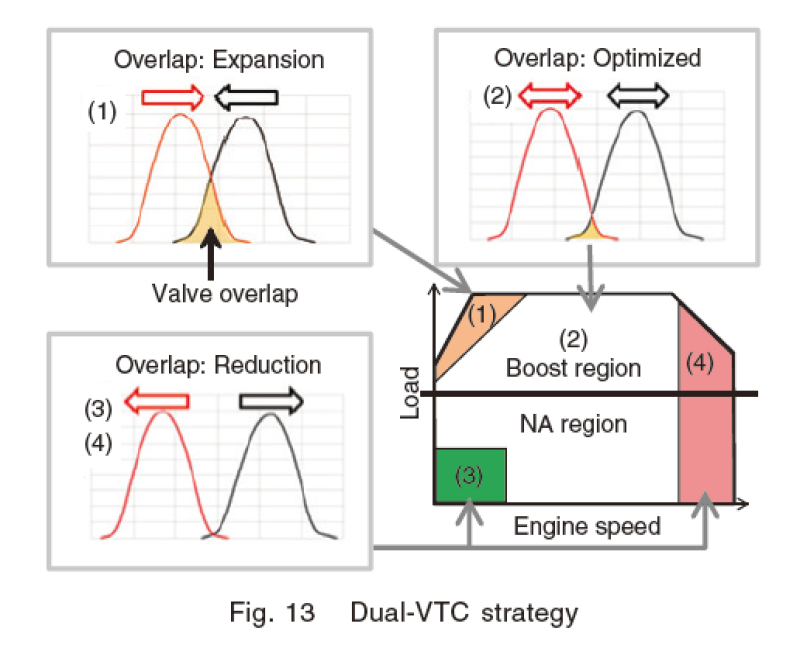
To optimize the timing of air intake into the cylinder, L15B8 has also refined this process through its second key technology: high-speed combustion technology within its direct injection system.
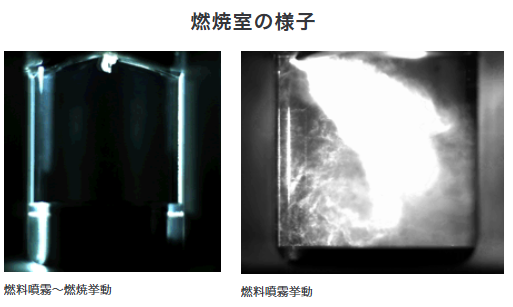
L15B8 realizes efficient and sufficient combustion by optimizing the shape of the intake passage, allowing the air to enter the cylinder at a more acute angle, thereby increasing the tumbling of the gas.
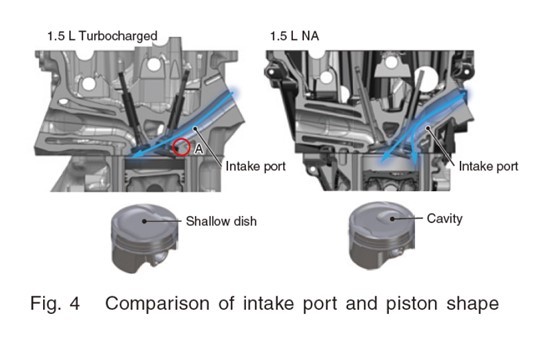
A notable challenge with this enhancement lies in the fact that a steeply inclined intake port may create a structure that is flimsy and incapable of withstanding cylinder pressure, thus requiring more advanced techniques to bolster the strength of the valve seat (for instance, Toyota's TNGA engines utilize an increased intake angle to enhance gas swirl, employing Laser Cladding to augment valve seat hardness, a measure said to account for half of the cost of cylinder head).
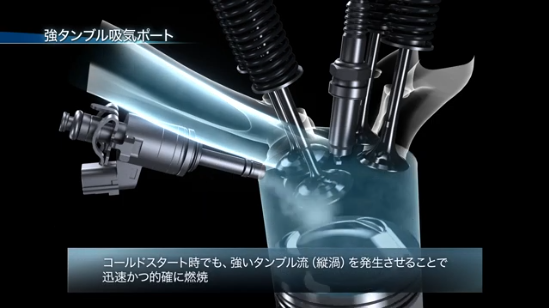
The third essential technology is the turbo waste gas electronic bypass valve. Turbo lag often results in a delay in power delivery, prompting drivers to unconsciously accelerate more vigorously, leading to unnecessary fuel consumption and hindering the engine's capacity to maintain efficient operational ranges. The electronic wastegate in L15B8 allows precise control of its opening and closure, enabling the turbo to respond more promptly to the driver’s inputs, thereby mitigating the issue of power delays.
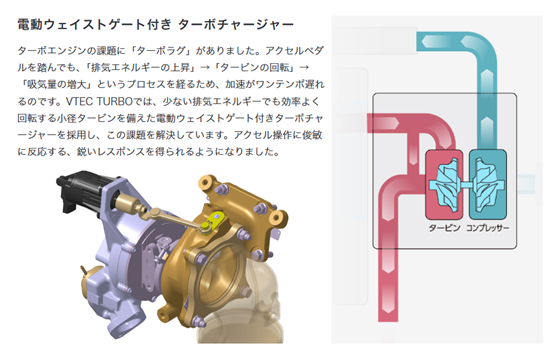
The Development History of L15B—Reintroducing VTEC in the Tenth Generation Accord
By 2017, Honda unveiled its tenth-generation Accord in Detroit, USA. To cater to Accord's elevated market expectations, the engine was required to surpass Civic's power output.
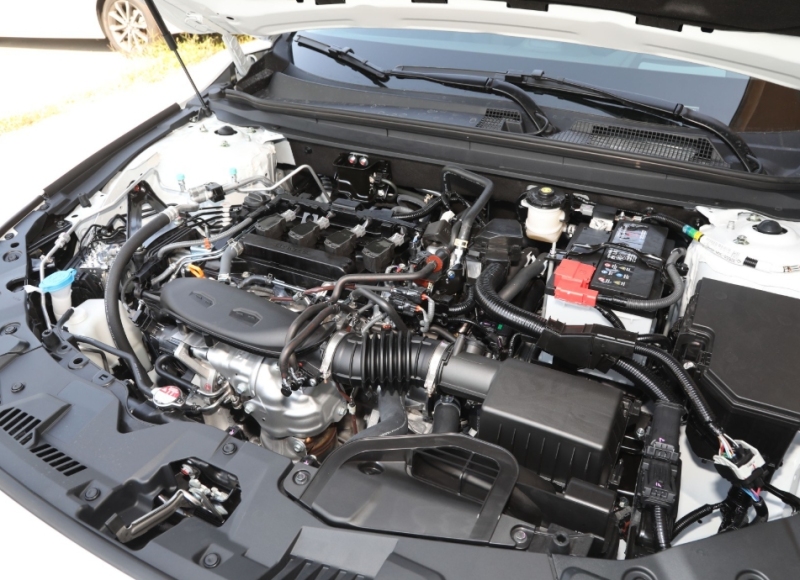
As a result, L15B8 underwent modifications through an adjustment of the crankshaft radius and positioning, coupled with a reduction in compression ratio to 10.3, culminating in L15BN. This transformation not only augmented power but also enhanced fuel efficiency, enabling Accord to achieve fuel consumption levels comparable to those of Civic, despite its greater body weight.
- Maximum power: 143kW, Maximum power speed 5500rpm
- Maximum torque: 260N·m, Maximum torque speed 1600-5000rpm
- Displacement: 1498ml
- Intake method: turbocharging
- Compression ratio: 10.3:1
- Fuel consumption: 6L/100km
L15BN embodies two important enhancements. The first one integrated VTEC technology on the exhaust side, permitting the modulation of lift heights and timing across different RPMs, thereby reducing fuel consumption and emissions at lower RPMs while delivering high power outputs at high RPMs.

Secondly, L15BN optimized the exhaust system by adopting a dual-channel design, mitigating exhaust interference among cylinders and bolstering turbo efficiency and low-speed responsiveness, thus generating a more robust power output than that of Civic.
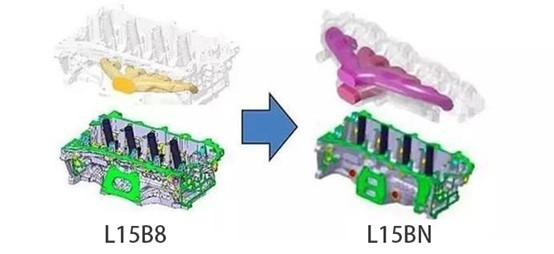
Honda Has Maximized the Potential of L15B
L15B and its derivatives are not limited to Civic and Accord. They are also employed in CR-V with its subsequent L15BE variant, as well as in models such as City, XR-V, and UR-V, encompassing Honda's range from entry-level to premium vehicles. What accounts for Honda's dedication to L15B engine?
Since the introduction of L15B, its thermal efficiency has been approaching 40%. This considerable accomplishment is linked to the previously mentioned bore and stroke dimensions of 73 mm x 89.5 mm, which serve as the foundation for the engine's potential.
Honda continues to explore L15B's potentials, employing additional technologies beyond VTEC and Dual-VTC, including expanding sodium filling ranges in hollow valve stems, adopting innovative forging processes for pistons and connecting rods, and implementing lightweight designs for intercooler connecting pipes, all aimed at achieving exceptional performance in terms of weight, emissions, vibration, and noise control for L15B engine.
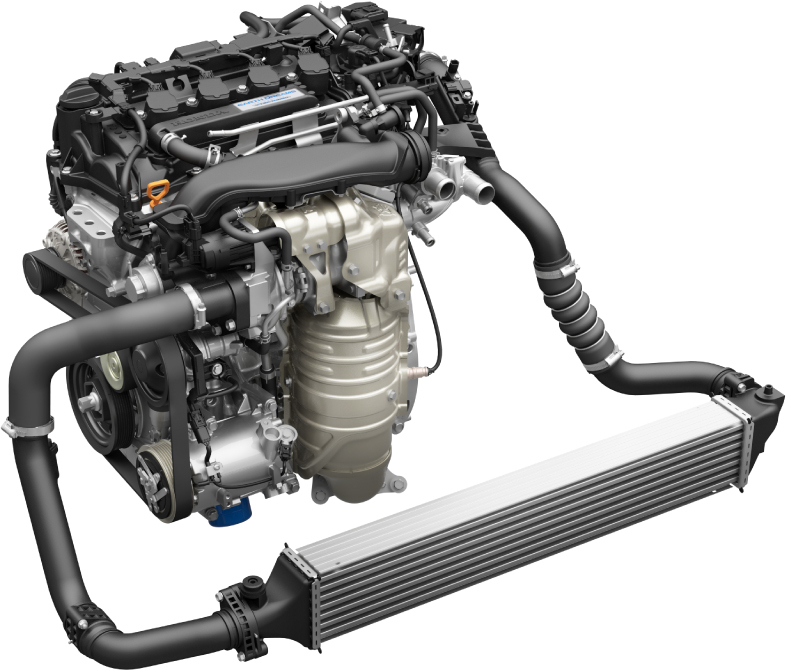
Lastly
L15B engine has significantly contributed to Honda's global sales, reaching an impressive 3 million units annually, distributed across the globe. In Malaysia, Honda consistently ranks as the top-selling foreign brand. Although the performance attributes of the L15B may no longer be regarded as groundbreaking in contemporary contexts, my acquaintance, who possesses mechanical expertise, regards it highly. He asserts that even though the L15B series engines may be aging, he can restore them to an exceptional condition, a feat that proves challenging with other engine models.
If any infringement occurs, please contact us for deletion

Toyota Tundra Owner Achieves the Second Million-Mile Milestone
[PCauto] The mileage often measures the quality and durability of a car, and Victor Sheppard and his two Toyota Tundra pickups have set a staggering record.With Victor Sheppard's dedication and careful maintenance of the Toyota Tundra, he successfully drove two different Tundra pickups over 1 million miles (approximately 1,609,340 kilometers).In 2007, Sheppard bought a brand new Toyota Tundra CrewMax. Over the next nine years, as a contractor, he worked across the United States, from Louisiana t
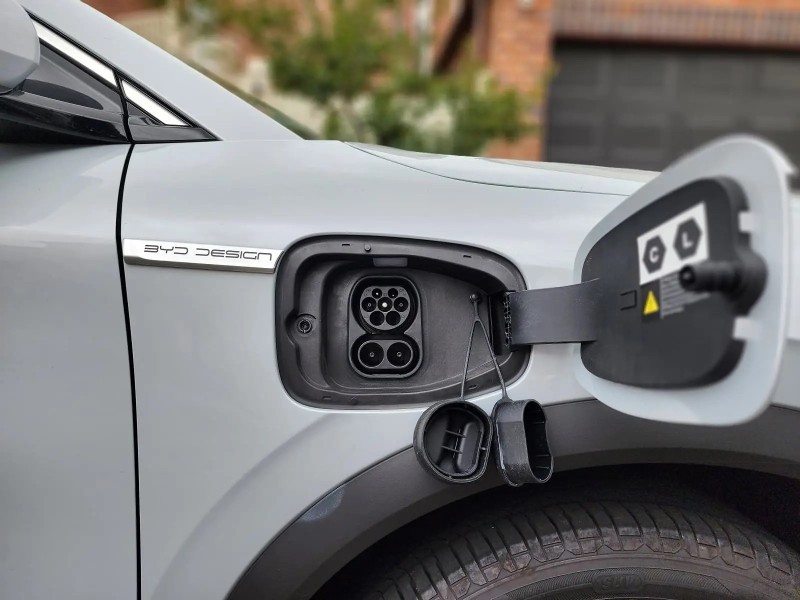
BYD Plans to Promote 1000V High Voltage Super Charging Stations and Its Models on a Large Scale
【PCauto】Recently, the news that BYD plans to massively implement a 1000V high-voltage supercharging platform has attracted widespread attention. It is reported that this platform will be launched in the middle of March this year and supports super-fast charging above 5C. After its release, it will quickly be popularized to its own models and large-scale construction of 1000V supercharging stations.This move will undoubtedly set off a wave in the new energy vehicle market. Let's delve into the te
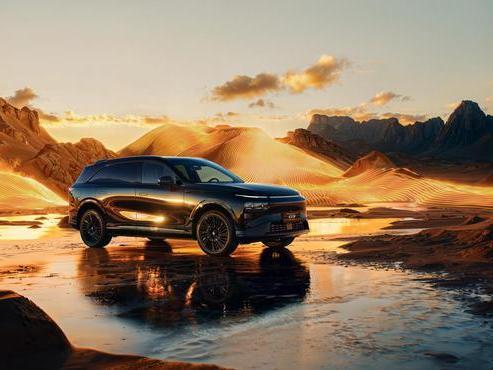
XPENG G9 is about to be launched in China, bringing 66 upgrades in features
【PCauto】XPENG has recently announced that the 2025 XPENG G9 will soon be launched in China. Although the official did not announce the time and price, the success of XPENG G6 and X9 has rekindled expectations for the once-failed G9 by XPENG. In terms of appearance, the G9 continues the X-BOT FACE 3.0 design language, with a closed grill at the front paired with split-style headlights on both sides, new two-tone collision colors and all-black body styles, with a petal-style wheel hub. Combining
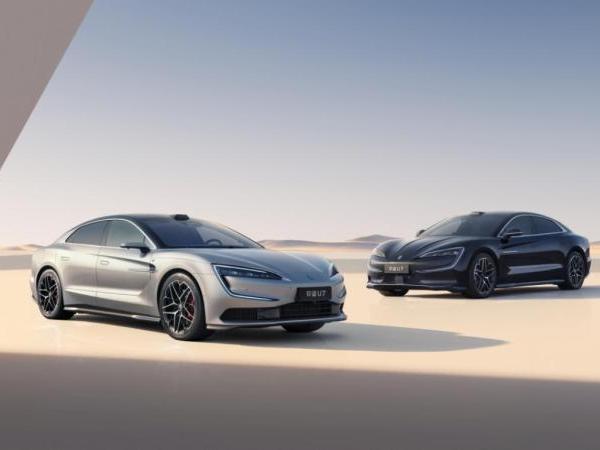
BYD YANGWANG U7 Launches with World's First Suspension Charging Tech
[PCauto] On March 27, BYD YANGWANG U7 was launched, with two power versions of pure electric and plug-in hybrid, a total of four models. YANGWANG U7 EV Five-seater Luxury Edition, priced at about 292.85 million baht/RM38.31 YANGWANG U7 EV Four-seater Flagship Edition, priced at about 330.04 million baht/RM43.19 YANGWANG U7 PHEV Five-seater Luxury Edition, priced at about 292.85 million baht/RM38.31 YANGWANG U7 PHEV Four-seater Flagship Edition, priced at about 330.04 million bah
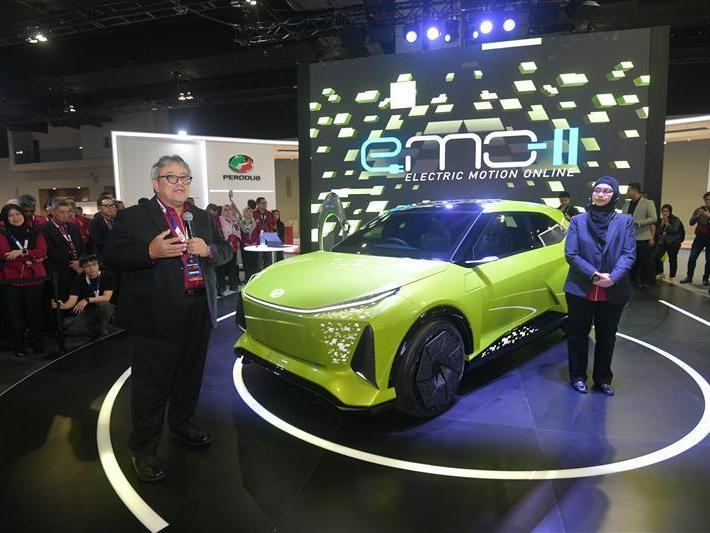
What will the new Perodua Car look like in 2025? What kind of changes will they undergo?
【PCauto】In 2025, Perodua will introduce a series of anticipated new car dynamics, covering the launch of new models and remodeling of several existing models, whether in the bold step in the field of electrification or in the optimization of classical models.Perodua is to launch its first electric car in 2025Perodua's first pure electric car is expected to go on sale officially in the fourth quarter of 2025. To ensure the vehicle's performance and quality, Perodua may initiate testing work as ea
Popular Cars
Car Compare

